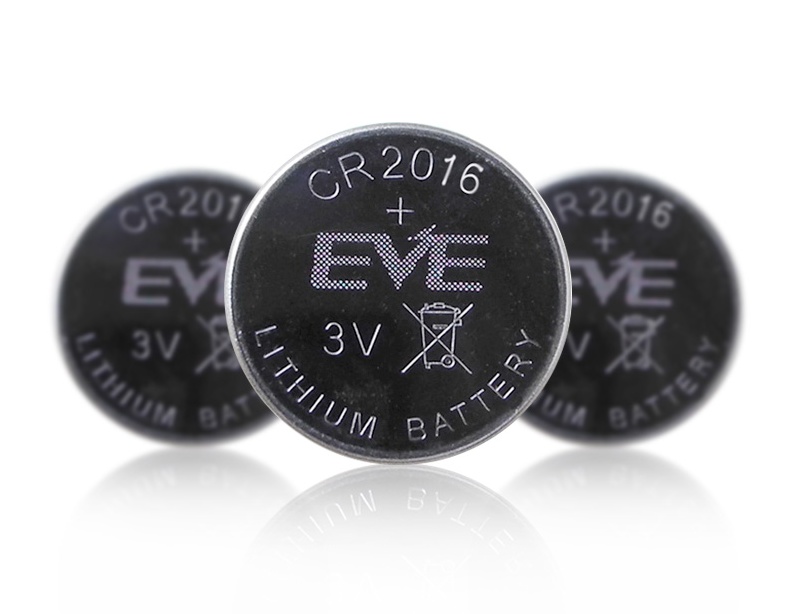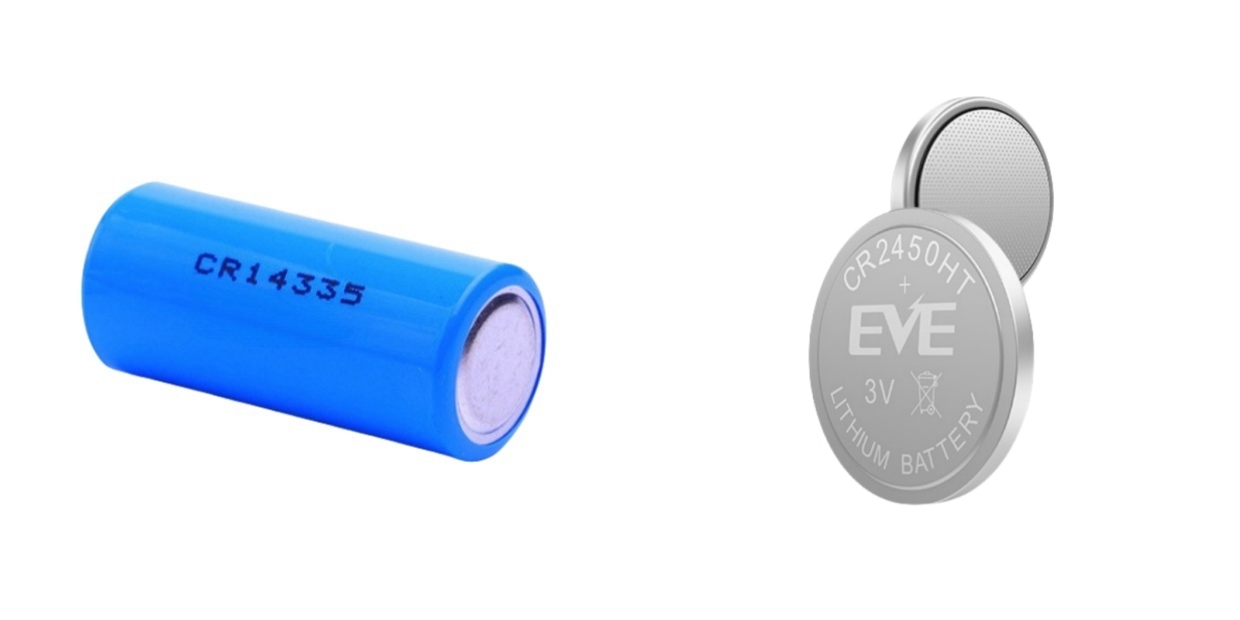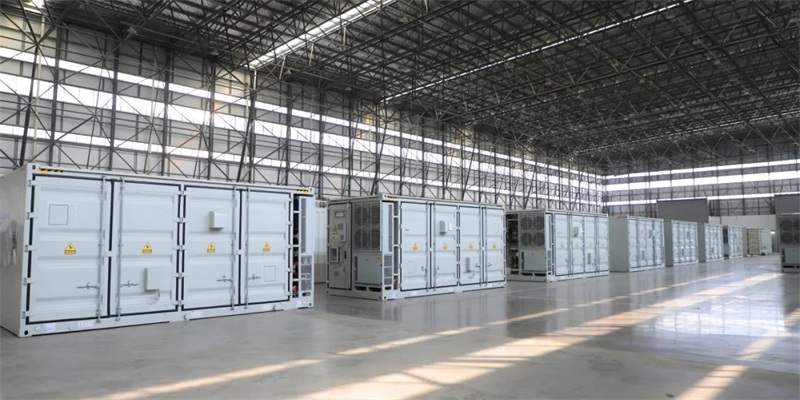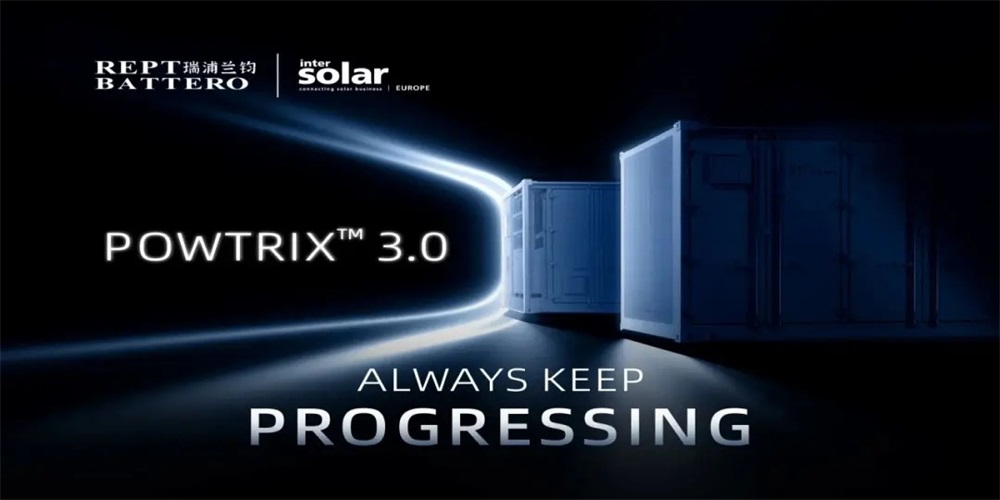What Is a 3V Battery: All Things You Want Know
What Is a 3V Battery?
A 3V battery is a power source that supplies 3 volts of electrical energy to various electronic devices. These batteries are typically compact due to their lower voltage, making them ideal for small electronic devices such as remote controls, calculators, watches, toys, and certain medical devices.
Types Of 3V Batteries
There are two main types of 3V batteries available: the CR2 cylindrical battery and the CR2 coin battery.
Similar to NCM and LFP batteries, 3V batteries are typically made using lithium technology.
CR2 3V cylindrical batteries are larger and offer a higher capacity, making them suitable for slightly larger devices such as toys, small power tools, and small industrial equipment.
On the other hand, CR2 coin cells are smaller and lighter, which makes them ideal for low-power, miniature electronics like watches, remote controls, toys, and other compact devices.
3V Battery
Application Field of 3V Lithium Batteries
The application of 3V lithium batteries varies depending on their size and model.
CR123A: This is a standard 3V cylindrical battery with a diameter of 17 mm and a height of 33.4 mm. It's commonly used in devices such as LED flashlights and small power tools.
CR2032: A 3V coin cell battery with a diameter of 20 mm and a height of 3.2 mm. It's typically used in small devices like watches, toys, calculators, and digital compasses.
CR2025: This coin 3V battery is similar to the CR2032 in terms of applications, with the only difference being its height, which is 2.5 mm shorter.
How Does a 3V Battery Work?
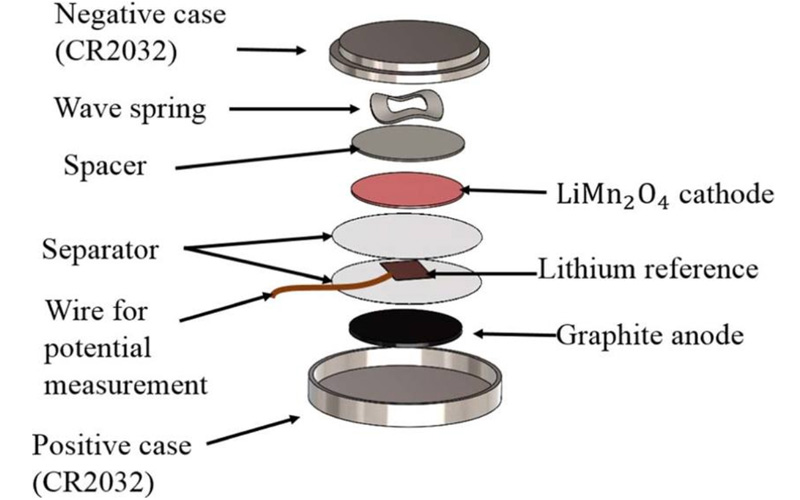
3V Coin Battery Structure
Like other lithium batteries, a 3V battery contains two main electrodes: the anode (negative) and the cathode (positive).
Anode: The negative electrode, made from porous carbon.
Cathode: The positive electrode, made from metal oxide.
A separator sits between the anode and cathode, preventing them from touching while still allowing electrical charge to flow freely between them.
During discharge, ions flow from the anode to the cathode through the electrolyte and separator, releasing electrical energy. When the battery is charged, the flow of ions reverses, moving from the cathode back to the anode, restoring the battery's energy storage.
The picture below illustrates the process.
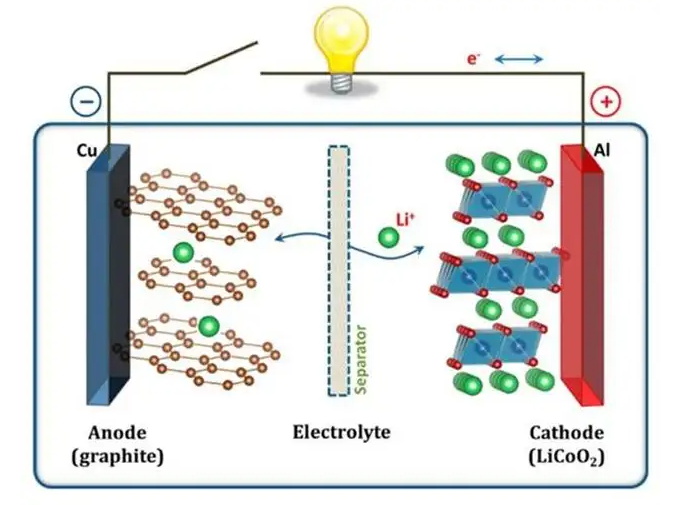
How Long Do 3V Lithium Batteries Last?
The lifespan of a 3V lithium battery depends on several factors, including material quality, storage conditions, humidity, physical damage, and temperature. On average, most 3V lithium batteries last between 3 to 5 years. If used infrequently and properly maintained, they can last up to 10 years.
Do Batteries Expire If Not Used?
Yes, batteries can expire even if they are not used. You can check with the manufacturer for a "Best If Used By" (BIUB) date, which should also be marked on the battery or its packaging.
What Are the Advantages of 3V Batteries?
High Voltage (3V): Provides sufficient power for a wide range of devices.
Wide Application Range: Suitable for various devices and uses.
No Mercury Added: Environmentally friendly, free from harmful chemicals.
High Leak Protection: Minimizes the risk of leaks and damage.
Very Low Self-Discharge: Retains charge for longer periods, even when not in use.
Wide Temperature Range: Operates effectively in temperatures from -30°C to +60°C.
Long Shelf Life: Can last up to 10 years if stored properly.
How to Extend the Lifespan of a 3V Battery?
To prolong the lifespan of a 3V battery, ensure it is stored in a suitable environment. Avoid exposure to extreme conditions by keeping the battery in a ventilated and cool place. This protects against moisture and prevents sun exposure, both of which can accelerate battery aging. Whether the battery is in use or idle, proper storage is key to maintaining its performance.
Where to Buy 3V Batteries?
You can buy high-quality 3V batteries at Energy-X, which offers a wide range of 3V batteries. They provide durable and reliable batteries for various applications, ensuring long-lasting performance and value for your devices.
